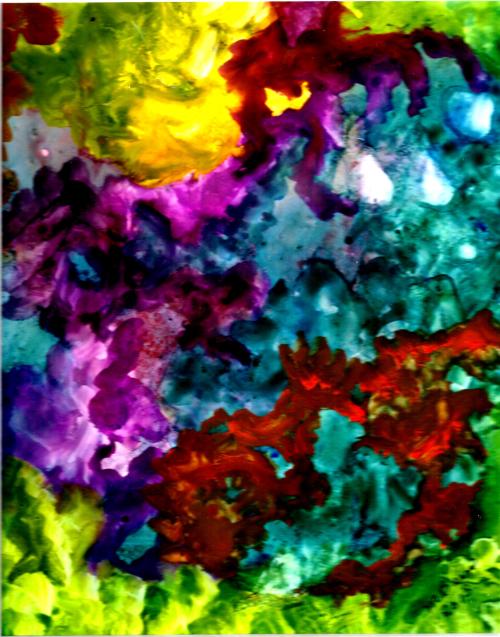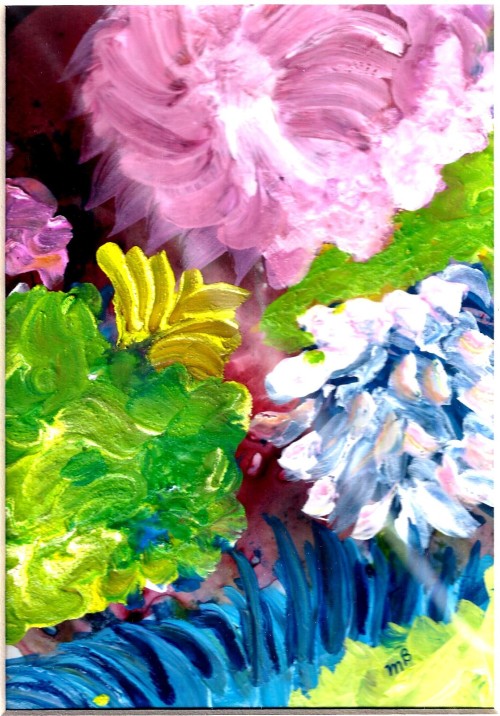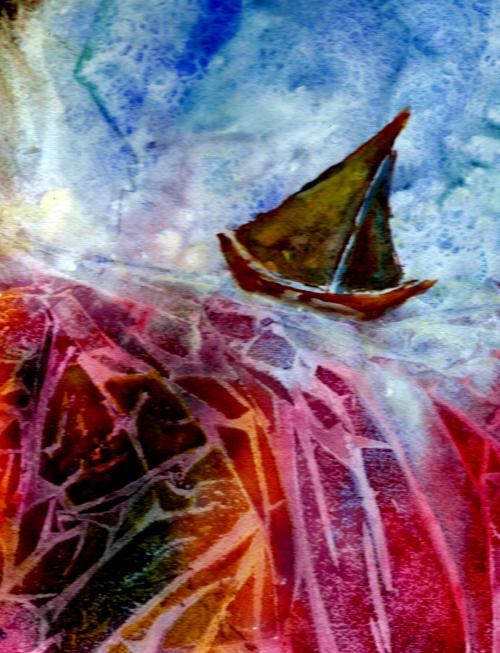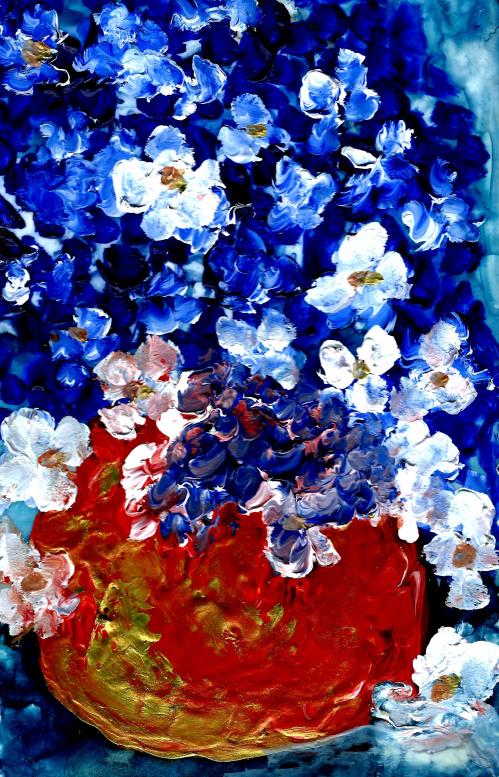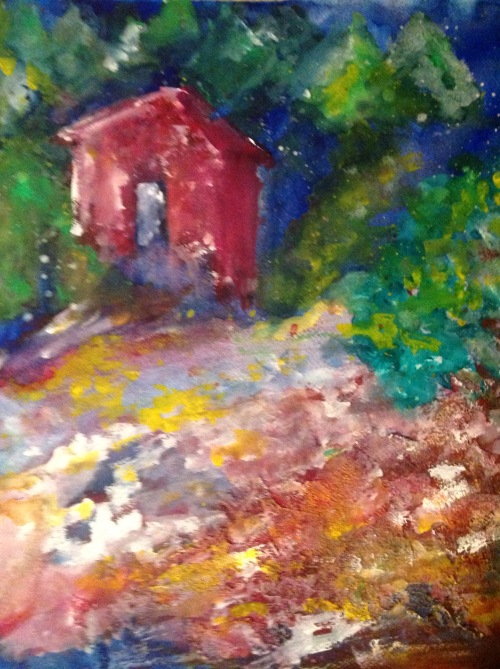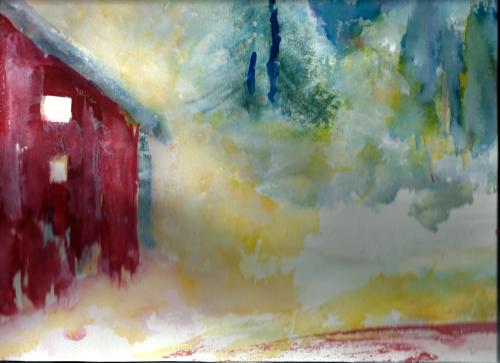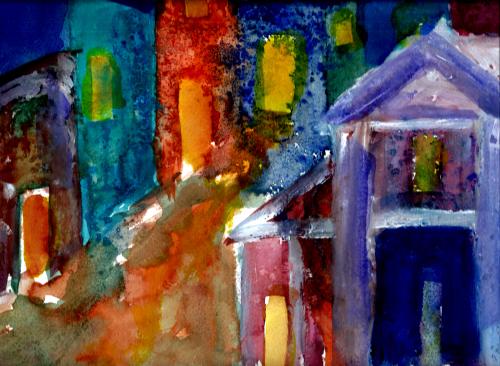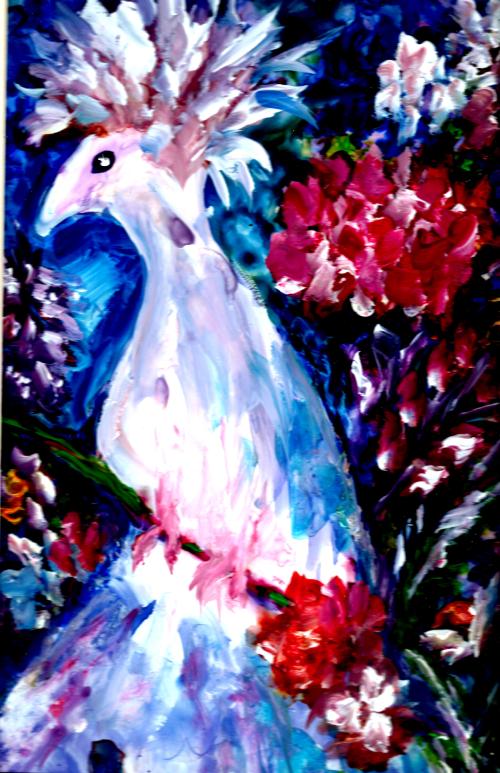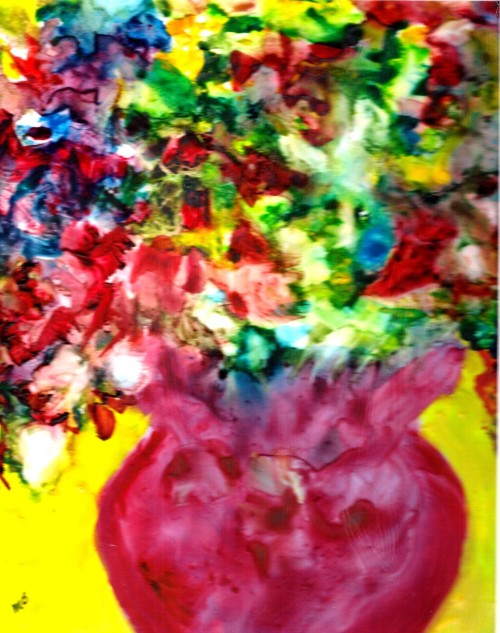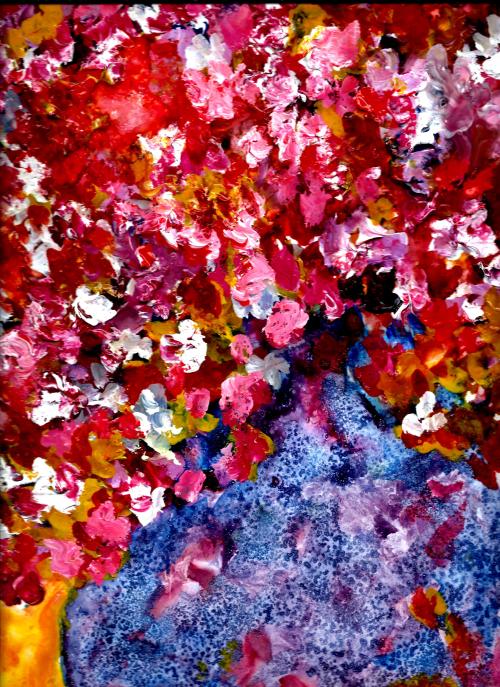
It is the night before the night before Christmas—a time of great joy for our family (50 immediate family members counting children, grandchildren, great-grandchildren, husbands, wives, and significant others). There are also friends whom we consider to be family—some who have been an integral part of our lives for decades, our children’s close friends among them.
Meanwhile, this is an art blog. How I love sharing art talk with kindred readers! I’ve been thinking big time about the people who have encouraged and instructed me in this late-in-life experience which has become an absolute passion and joy!
My family has been an incredible support, and they like to have some of “me” on their walls. Joe smiles when the UPS drops packages at our patio door—brown boxes loaded with brushes, tubes of paint, and huge increments of paper. At one time he said, “Don’t artists use the 3 primaries to get all their colors?” My answer was “Yes, that can be done, but just look at what manufacturers have produced in recent decades.” Joe got the point, which is pretty obvious when one views the two generous containers in my studio: one overflowing with partially squeezed tubes, and the other abounding in delicious brand new tubes waiting their turn to get squeezed.
The support of those whom I consider to be “real artists”, has been an amazing surprise and blessing at every turn. By real artists I mean exactly that. These are the individuals who were often drawing and painting as children—just as I was always writing a poem or an essay. They are professional in every sense of the world—whether in teaching or selling (and frequently they are doing both).
As a fumbling, embarrassed beginner (not that long ago—it was 2006) I never dreamed of getting encouragement from artists who know what they are doing. But I soon discovered that collectively artists are actually the most out-going, supportive people on earth—creative souls who love nothing more than to share their passion while inspiring others to experiment and grow.
Most painters (and this is probably true in other visual art disciplines) realize that each of us is one of a kind. We learn from each other, however each person’s work will have a signature which is unique. There is art for all people, at all levels. I certainly know the difference between the four to six digit paintings which hang in the most discerning of galleries, and my own art which may be displayed and very occasionally sold at an Art Walk on the sidewalks of our small neighborhood community. I am contented, and tremendously happy to be a part of the entire scene!
I owe more than words can say to a friend, fine artist in pastels, and encouraging teacher in the gorgeous Wisconsin Northwoods—Diana Randolph. I attended two of Diana’s workshops held at a school a couple of hours from our Northern home—one a drawing class and the other an introduction to those beautiful buttery, silky pastels.
Drawing was (and I admit still is) my very weakest thing (I can’t call it a skill)! This is a sobering admission since the reading of Art History reveals that down through the ages drawing has been the very basis of art. Years were spent, simply drawing. Pre-Raphaelite English fine artist and critic John Ruskin believed that color should only be introduced after an intense discipline of drawing-drawing-drawing. Sorry, John. I simply couldn’t go there, and my heart does not leap at the sight of a pencil or charcoal stick.
But COLOR! There I was immediately hooked/grabbed/enamored/and fulfilled—body and soul. To add color! Well I had been doing that in decorating my home and body nearly forever. Why not add color to paper or canvas? Diana’s pastels got me so excited that I ordered high quality soft and hard sticks, the right surface, the sandpaper, the solvent to smear in strategic spots, the whole bit—only to discover that pastel dust did nothing worthwhile for my tetchy breathing apparatus.
Realizing that pastels were out, I deduced that oils would also be a problem for this confirmed asthmatic. So what was my logical medium for COLOR? Water/water/water and wonderful 37ml tubes of watercolor. (Winsor & Newton, Da Vinci, and American Journey all come in these large tubes. I also love some Daniel Smith colors which are available in smaller sizes.)
Diana Randolph is the only “real life” teacher I’ve worked with. But a long time friend, fine artist Jan Roberts, has also been a constant source of inspiration. Jan works in most every medium, and I have three of her magnificent oils hanging in our home.
My bookshelves groan with contemporary watercolorists who have shared through their books. I have studied via books and DVDs—reading and viewing over and over and then some. Each of these artists is unique, and they have varying views on many aspects of what to do, and how. All of them encourage beginners, and acknowledge that they once were novices as well. (Maybe when they were three years old! )
Book and DVD studies are also refreshing and freeing! I respond to some techniques and am not so crazy about others. This, perhaps, is the birth of an artist’s voice—compounded from much exposure from books, films, and actual galleries whenever possible! A person can never learn it all, and knowing that I am a student, forever growing, thrills me right down to my toes!
Here is my list of surrogate teachers in watercolor painting: Americans—Charles Reid, Cheng-Khee CHEE, Barbara Nechis, Karlyn Holman (Wisconsin proudly claims Karlyn!), and Taylor Ikin (the “YUPO Queen”); Canadians—Karin Huehold and Linda Kemp; and British—Shirley Trevena and Jean Haines. These are amazing teachers who differ in many ways—their main similarity being the creation of fantastically beautiful work. Due to the marvels of technology, I have received email encouragement from some of these artists. The profusion of encouragement never fails to remind me of Hans Christian Andersen’s THE UGLY DUCKLING. I realize that I’m not quite a “swan”, but the swans have really made me feel like I belong—and this is a beautiful feeling!
Currently, I’m enjoying practicing a method from UK fine artist Jean Haines’ DVD, AMAZING WAYS WITH WATERCOLOR. Jean begins some of her paintings with a single spot on the paper, and letting the subject reveal itself from that spot by streaking lots of color and water in a diagonal. Jean stresses the need to let each stage dry completely, and to enjoy the beauty of each stage—the color fusions and the way a subject will evolve for future development.
Jean demonstrates painting cockerels (of course that’s UK for roosters). She loves cockerels and so do I having raised numerous fancy breeds of cockerels (I think I’ll call them that!), hens, and chicks for eighteen years on our little funny farm in Eagle, Wisconsin. So I have been experimenting, and here is one of my studies—called “Overdressed for the Occasion”.

It will undoubtedly take many more “bloggings” to share the countless ideas I’ve incorporated from books and DVDs. I hope to do that in 2014. But this blog entry has grown so long, I wonder if anyone will make it to the finish.
Nevertheless, I don’t want to edit a single word of thanks to all of my teachers, and to you readers. You mean so much to me!!! 🙂 Merry Christmas!!!
Margaret L. Been, December 2013
Read Full Post »
















